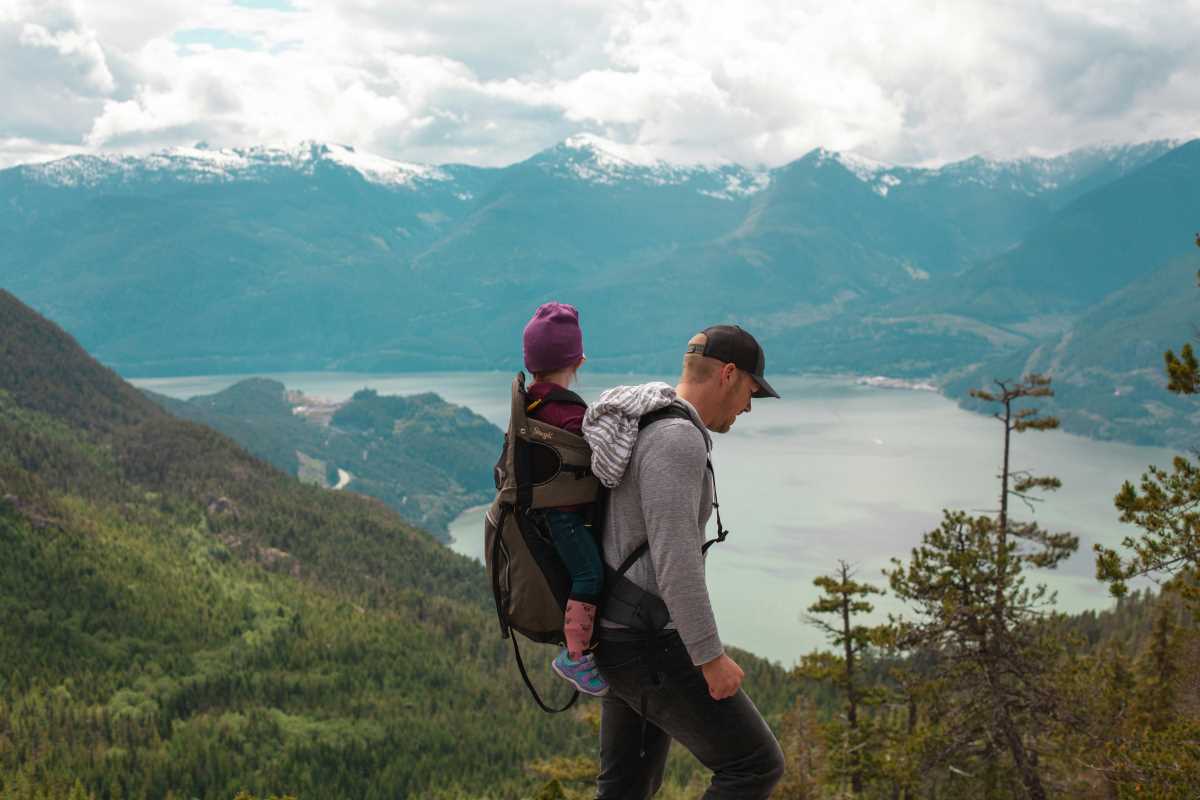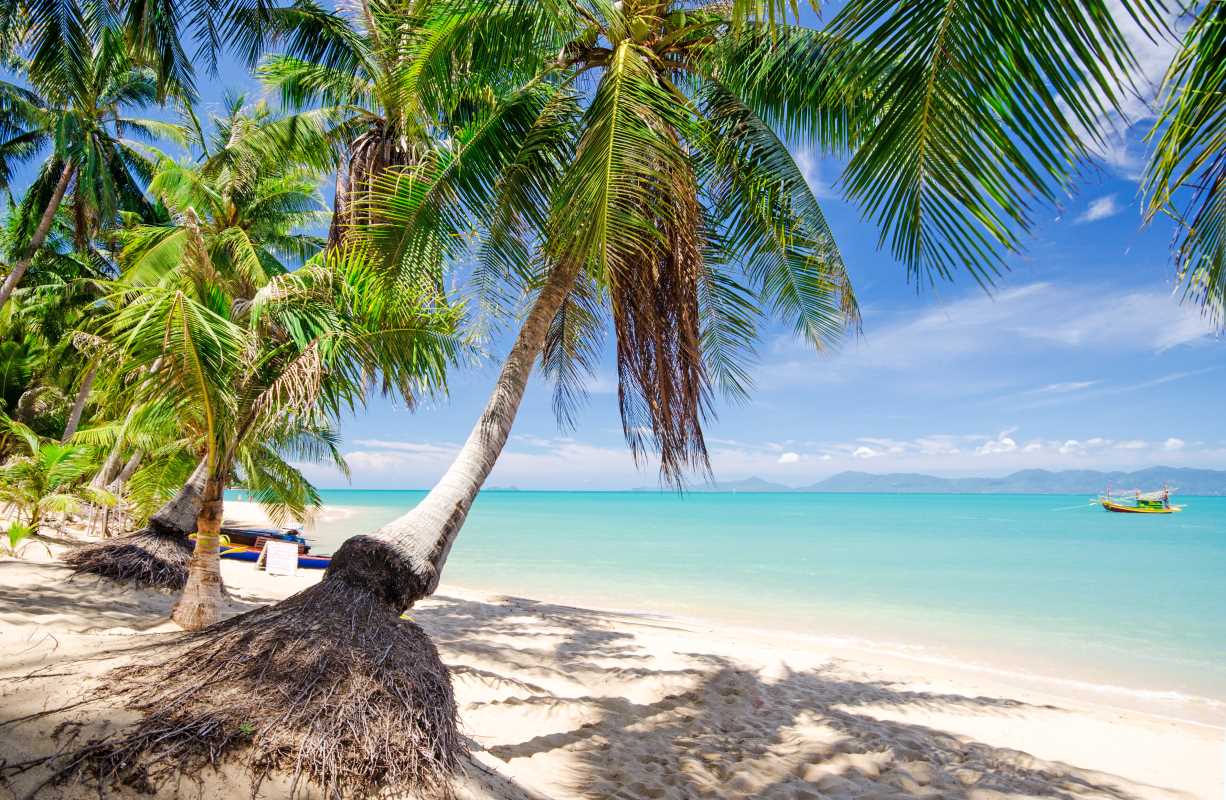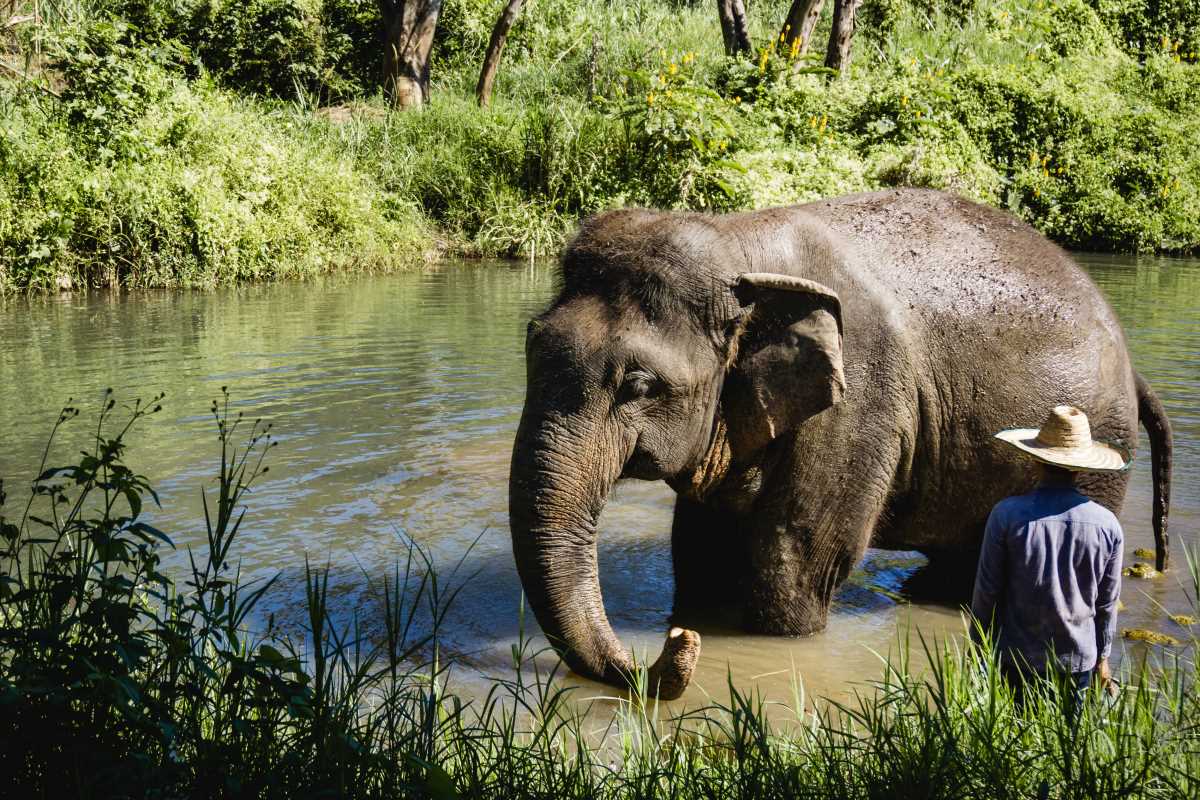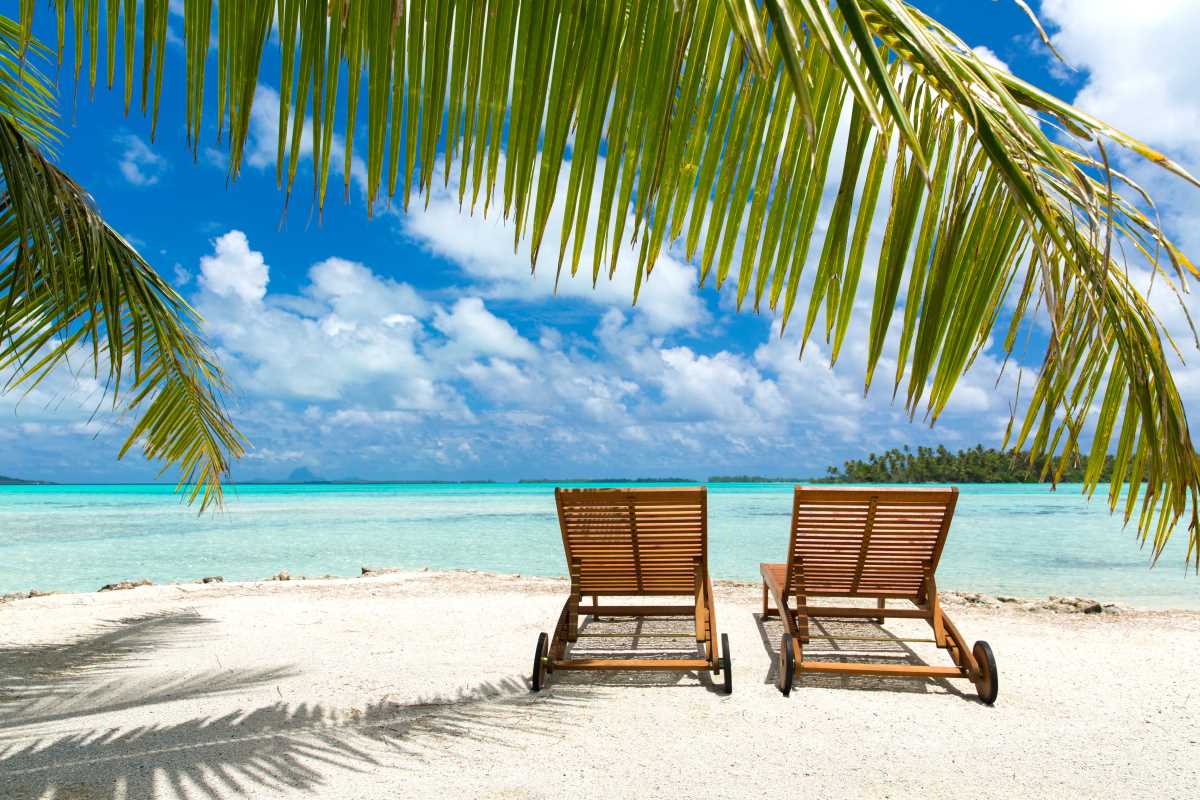When you’re a solo traveler, the world feels endless, and every horizon becomes an invitation. Hiking gives you the chance to not only explore awe-inspiring landscapes but also connect with yourself and nature on a deeper level. Whether you’re chasing mountain peaks, dense forests, or coastal views, the right trail can make the adventure unforgettable. This guide highlights some of the world’s most incredible hiking trails, perfect for those who crave solitude and scenery. You’ll find tips to stay safe and prepared while hitting the trail solo. Lace up your boots, grab your pack, and get ready for an epic experience.
Why Solo Travelers Love Hiking
Solo hiking is about adventure, freedom, and self-discovery. You get to pick your pace, decide when to stop, and immerse yourself fully in your surroundings. It’s also a great confidence booster. There’s nothing quite like the feeling of navigating a challenging trail and conquering it on your own. Of course, preparation and safety are key, but we’ll get to that later. For now, here are some of the most stunning trails around the world to add to your bucket list.
Epic Trails You Can’t Miss
1. Camino de Santiago (Spain)
Difficulty: Moderate to challenging
The Camino de Santiago, also known as the Way of St. James, is a pilgrimage trail with an amazing sense of community. Stretching for hundreds of miles with various start points, the most popular route is the 500-mile Camino Francés. Don’t worry, though, because you don’t have to do it all at once! Hikers will find plenty of welcoming hostels and locals along the way, making it a great trek for solo adventurers.
This trail takes you through quaint villages, open fields, and historic sites like the city of León. It’s a hike with a cultural and spiritual experience rolled into one.
2. Teton Crest Trail (United States)
Difficulty: Challenging
Nestled in Wyoming’s Grand Teton National Park, this 40-mile trail offers everything from alpine lakes to glacier-carved valleys. The landscapes are nothing short of jaw-dropping, with wildflower meadows and towering peaks keeping you company.
While the trail is remote, its popularity with experienced hikers means you’ll run into others along the way, offering a nice mix of solitude and solidarity. The Teton Crest Trail is ideal for seasoned hikers looking to push their limits, but don’t forget to secure a permit before heading out.
3. Tongariro Alpine Crossing (New Zealand)
Difficulty: Moderate to challenging
Known as one of the best one-day hikes in the world, the Tongariro Alpine Crossing is like stepping into another universe. Located in New Zealand’s North Island, this 12-mile trek takes you past steaming craters, emerald lakes, and volcanic rock formations.
The trail is well-marked and fairly popular, so you’ll feel safe while still enjoying your solo adventure. Just be ready for sudden weather changes and bring layers to stay comfortable.
4. Laugavegur Trail (Iceland)
Difficulty: Moderate
Iceland has no shortage of surreal landscapes, and the Laugavegur Trail showcases its best. This 34-mile multi-day hike features everything from colorful rhyolite mountains to volcanic deserts and shimmering glaciers.
There are mountain huts along the way where you can rest and even meet fellow travelers. The trail is well-maintained, making it accessible for solo hikers who enjoy trekking through stark, otherworldly beauty.
5. Torres del Paine “W Trek” (Chile)
Difficulty: Moderate
Patagonia’s Torres del Paine National Park is home to the famous W Trek, named after its W-shaped route. Over the course of about 50 miles, you’ll pass bright blue glaciers, turquoise lakes, and those iconic jagged peaks.
While the hike is remote, the W Trek attracts adventurers from all over the globe, meaning you’re likely to cross paths with other nature lovers. This trail strikes the perfect balance of rugged wilderness and social interaction.
Solo Hiking Safety Tips
Hiking solo can be exhilarating, but it’s important to take precautions to ensure your safety. Here are a few tips to keep in mind before you set off:
- Share Your Plans: Always tell someone where you’re going and when you expect to return. If something goes wrong, this step could make all the difference.
- Pack Smart: Essentials include plenty of water, snacks, a first-aid kit, navigation tools (like a map or GPS), and appropriate clothing for sudden weather changes.
- Choose the Right Trail: Make sure the trail you pick matches your skill level. Don’t be afraid to research conditions, elevation changes, and difficulty.
- Stick to the Marked Path: Getting lost is every hiker’s nightmare. Stay on designated trails to avoid risky situations.
- Trust Your Instincts: If something doesn’t feel right, whether it’s the weather or the terrain, it’s okay to turn back.
How to Prepare for Your Adventure
Preparing for a solo hike isn’t just about packing the right gear. It’s also about getting both your body and mind ready for the challenge. Here are some quick preparation tips for a smooth trip.
- Build Your Fitness: Start with smaller hikes and gradually increase your distance and difficulty. Stamina and strength are your best allies on the trail.
- Practice Navigation: Familiarize yourself with reading maps and using a compass. While GPS devices are helpful, they’re not foolproof.
- Research Seasonal Factors: Weather and trail conditions can vary drastically by season. Make sure you’re tackling the trail at the best time of year.
- Invest in Quality Gear: A sturdy backpack, comfortable hiking boots, and moisture-wicking clothing can make a huge difference in comfort and performance.
Above all, the joy of hiking isn’t just in reaching the destination. It’s in the freedom of every step, the beauty of the wild, and the stories you’ll carry with you long after you’ve left the trail behind.
 (Image via
(Image via





.jpg)